
Bittensor: The World's First Brain-Based Internet
2024-02-20 04:21:49
The concept of an internet network system using the brain's nervous system is used as a model. The idea was created by Jacob Robert Steeves (co-founder) and Ala Shabana (co-founder).
What is a TAO Bittensor?
Bittensor is a machine learning platform developed by decentralizing the process, creating a peer-to-peer marketplace for machine intelligence, and integrating AI, creating a decentralized honeycomb approach. To be able to expand and share knowledge quickly It's like a huge knowledge base that can grow. Bittensor is driving innovation and pushing the boundaries of machine learning by harnessing the power of distributed networks and incentivizing collaboration.
How does the Bittensor Protocol work?
It is a decentralized machine-learning protocol that allows the exchange of machine learning and prediction capabilities between participants in the network. Facilitates the sharing and collaboration of machine learning models and services in a peer-to-peer manner.
network structure
The Bittensor network consists of a set of nodes (miners) that participate in the protocol. Each node runs Bittensor client software, which allows it to interact with other nodes in the network.
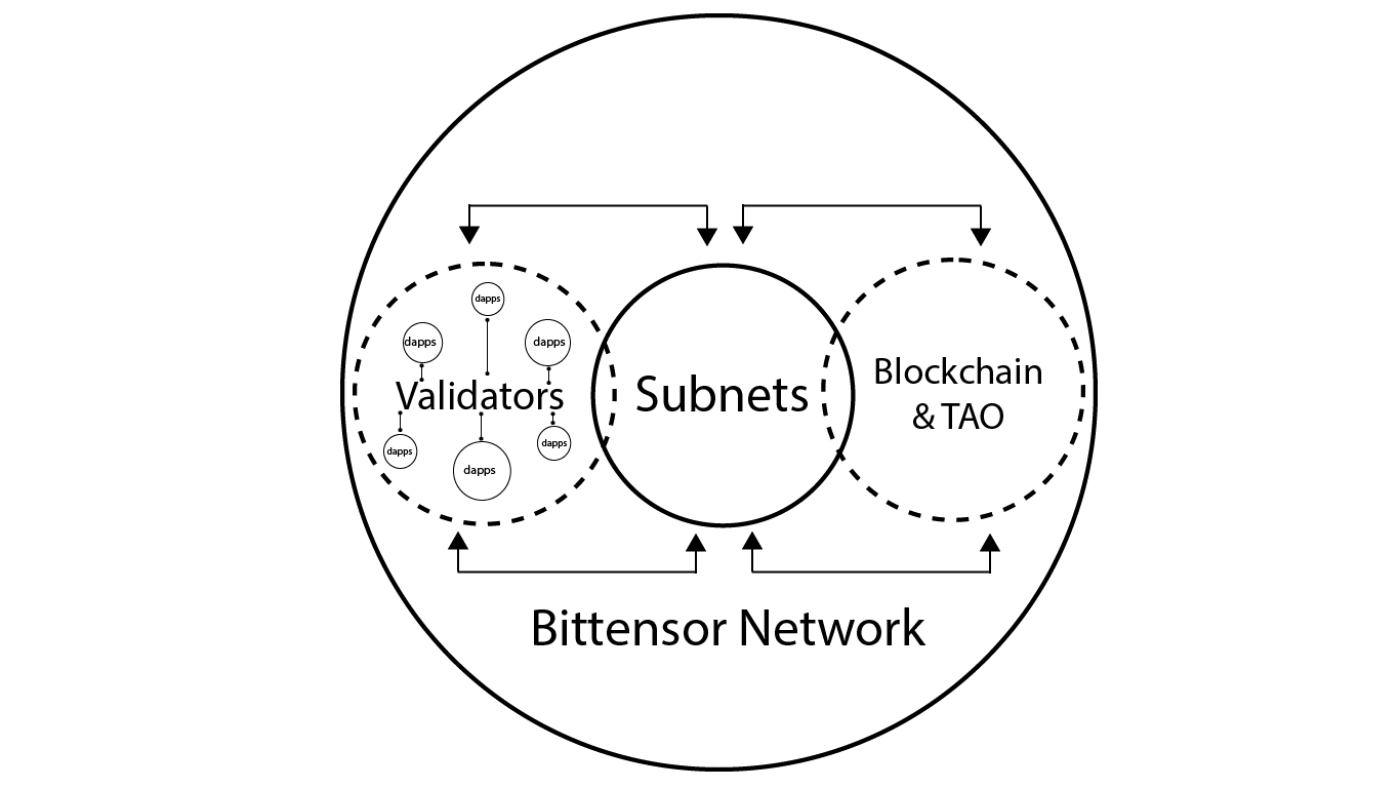
Subtensor
Once registered Nodes become part of a subnet, which is a specific domain or topic within the Bittensor network. Each subnet has its own set of registered nodes and associated machine-learning models.
Validation
Bittensor's in-network monitoring tools can monitor the responses and predictions received from Miner. The monitoring tools help ensure the integrity and quality of the data and models exchanged within the network. The tool asks Miner and evaluates the answers to determine the accuracy and reliability of the data. Functioning as an important intermediary tool for network access, Bittensor plays a key role in enabling interactions and providing an interface for users and applications.
Mining
The job of a Miner in the Bittensor network is to host the machine and serve machine learning models. When the client application is opened to make predictions and send the request to the network The minor is responsible for registration and verification using the host machine's model. Before sending client predictions to the Bittensor network
consistency
The Bittensor network uses a consensus algorithm to reach an agreement on the state of the network and ensure the integrity of the data being processed. Consistency mechanisms help reduce data duplication. and maintain the overall security of the network.
Motivation to participate
The Bittensor network incentivizes participation through a token system, where validating miners are rewarded with tokens for each calculation, prediction, and contribution to the network. This can incentivize active participation and help maintain network stability and performance. and help maintain network stability and efficiency
TAO Bittensor Consistency Mechanism
A consensus mechanism is designed to reward nodes within the network. The motivation includes a scoring method based on game theory. This includes the application of Shapley Value to assess the performance and reliability of models within the Bittensor network. Shapley Value is a concept from cooperative game theory that assigns a value to each model based on its small contribution to the overall prediction accuracy. and the overall intelligence of the network
In the context of Bittensor, the Shapley Value is used to determine the contribution of each model to achieving consensus and accurate predictions. Taking into account the collaborative nature of the network Where models interact and exchange information to improve overall performance, Shapley Value, during the scoring process Models is evaluated based on their predictive ability. Ability to provide valuable insights and consistency with the consensus of other models.
Mixture of Experts (MoE) decentralized model
Bittensor's decentralized model of experts (MoE) works through a nervous system-like structure with many interconnected networks to solve complex problems. Each expert model has expertise in a specific aspect of the data. and when new information is released These experts work together to create an overall forecast that exceeds the abilities of any individual expert.
The main objective of using this approach is to address challenges that were previously beyond the scope of traditional centralized models. By harnessing the combined power of multiple expert models, Bittensor achieves higher prediction accuracy. and can support larger amounts of data
What is Bittensor's goal?
Bittensor aims to create a peer-to-peer marketplace that incentivizes the production of machine intelligence. With modern techniques
Bittensor network structure
Bittensor's structure is inspired by the cognitive processes found in the human brain. Each computational unit in the Bittensor system called a “neuron,” consists of three important components: a model, a data set, and a loss function. The communication mechanism between two Bittensor neurons mirrors the neural connections found in biological neural networks. Each neuron has an axon terminal to receive input from other neurons. and terminal dendrites to transmit input to neighboring neurons.
So how many Bittensor tokens are there?
Bittensor (TAO) is 21 million tokens, which is the same amount as Bitcoin. This fixed total supply is designed to limit inflation and preserve the token's scarcity and value over time. Bittensor's TAO token Does not have its dedicated wallet But it can be stored and managed in supported wallets that support the Polkadot ecosystem. Polkadot
Leave a comment :
Recent post
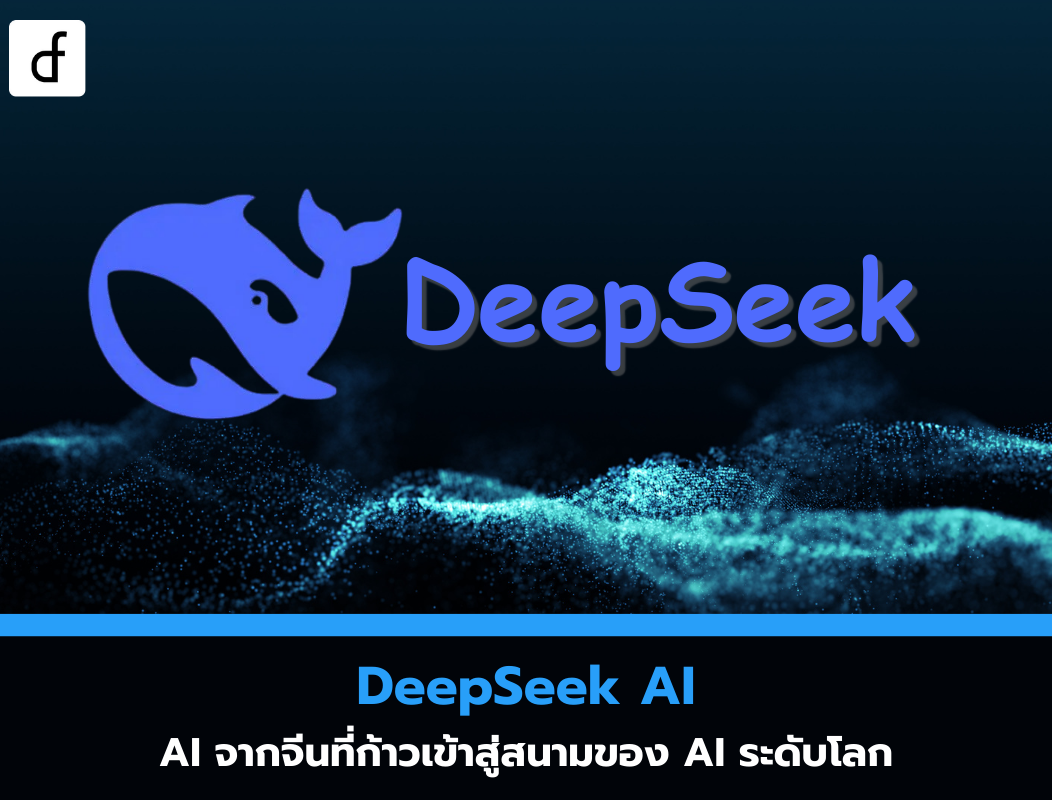
2025-01-10 10:12:01
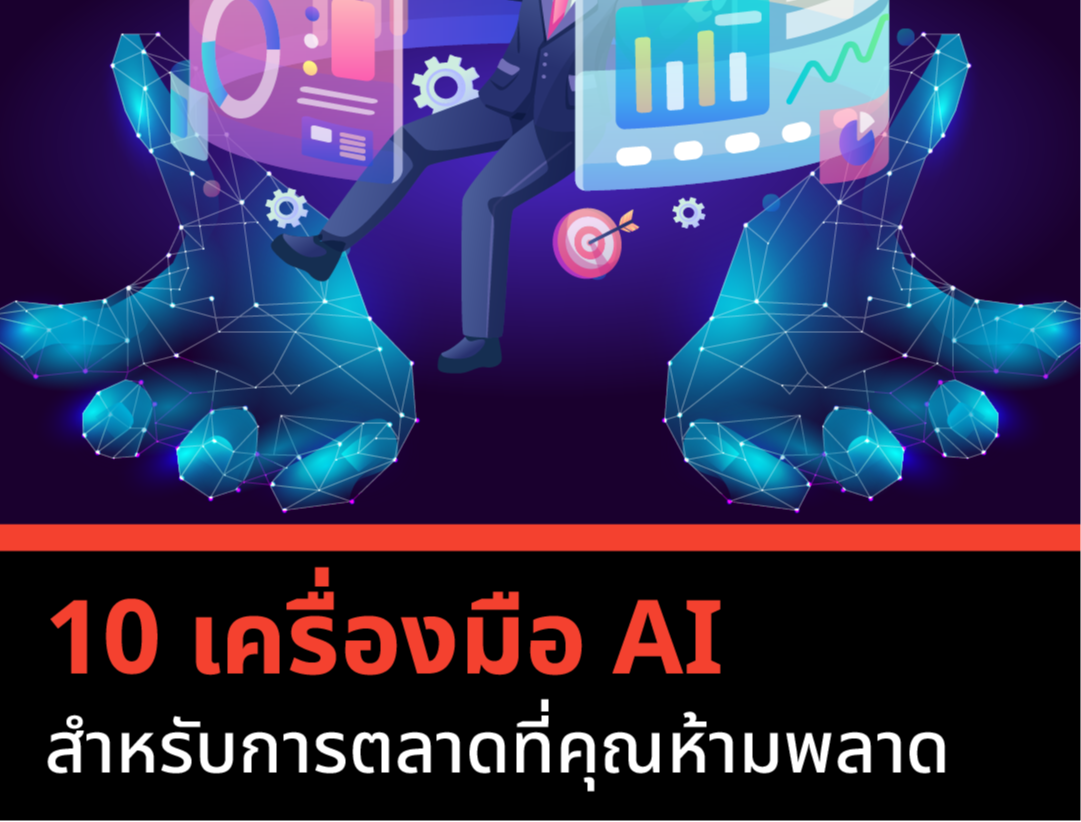
2024-05-31 03:06:49

2024-05-28 03:09:25
Tagscloud
Other interesting articles
There are many other interesting articles, try selecting them from below.

2024-01-17 11:24:07

2024-03-12 02:40:20
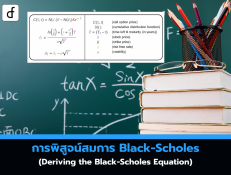
2025-05-08 03:26:52

2024-10-18 01:18:22
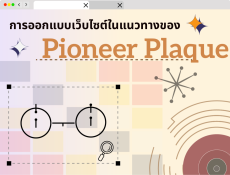
2023-10-24 11:07:56

2024-05-16 05:13:17

2023-11-06 01:29:10


